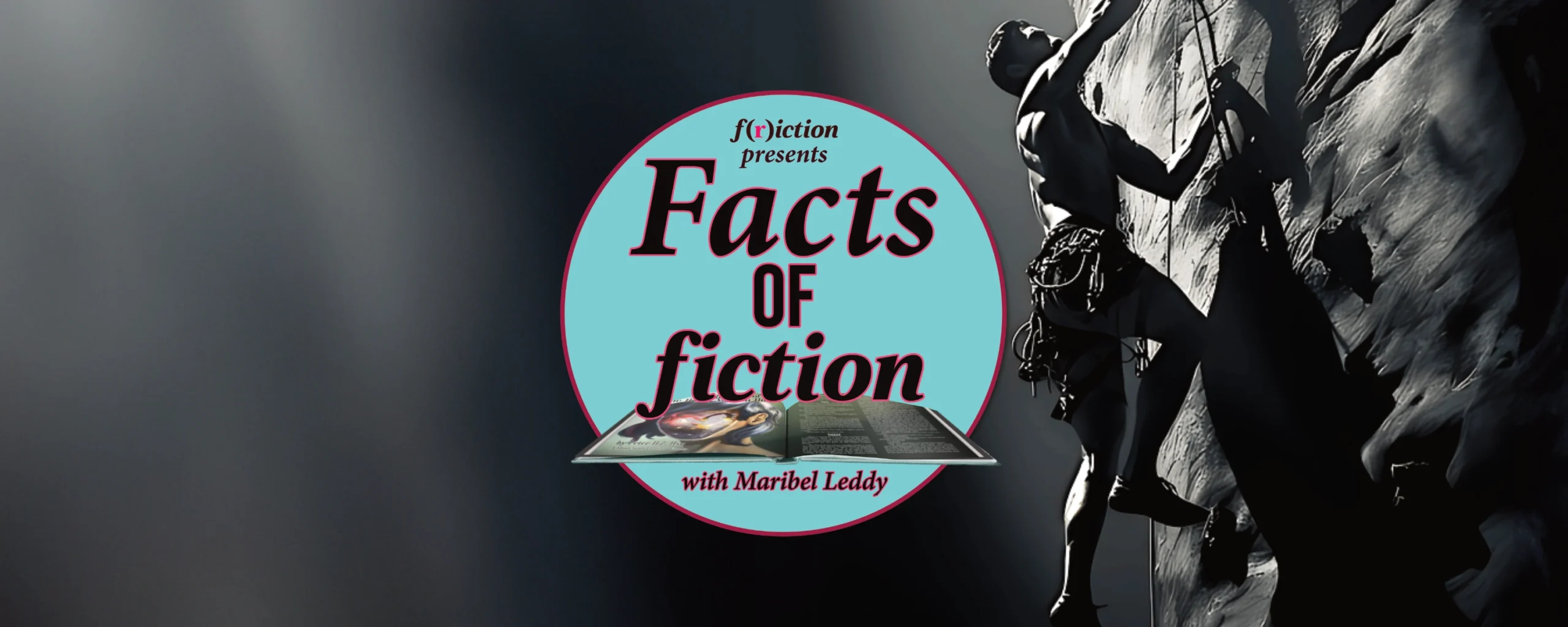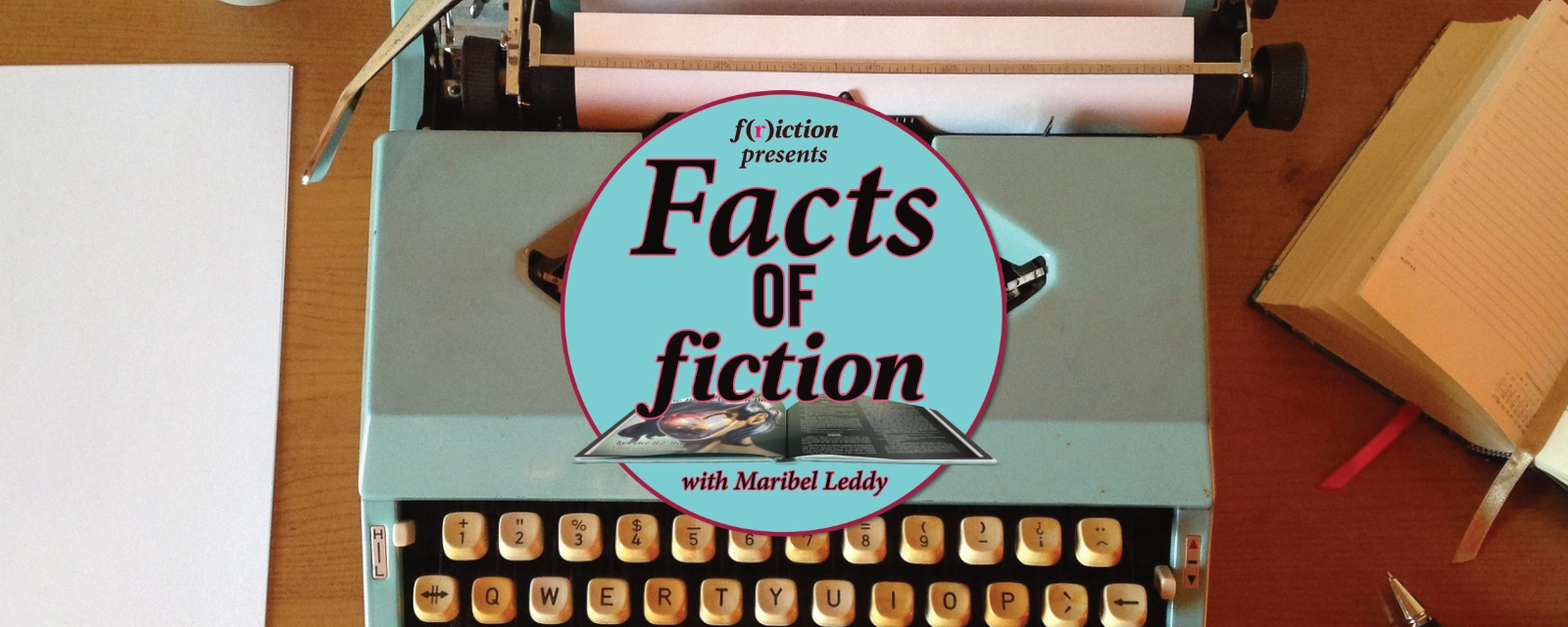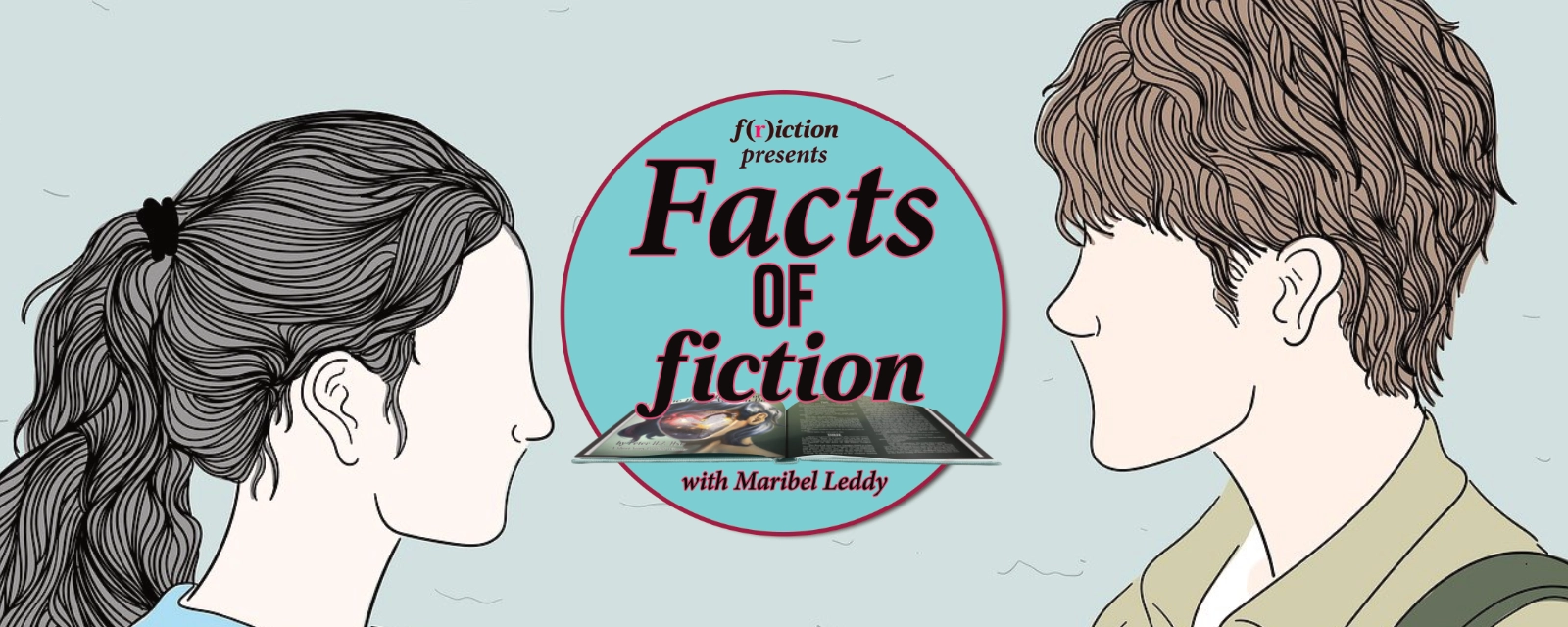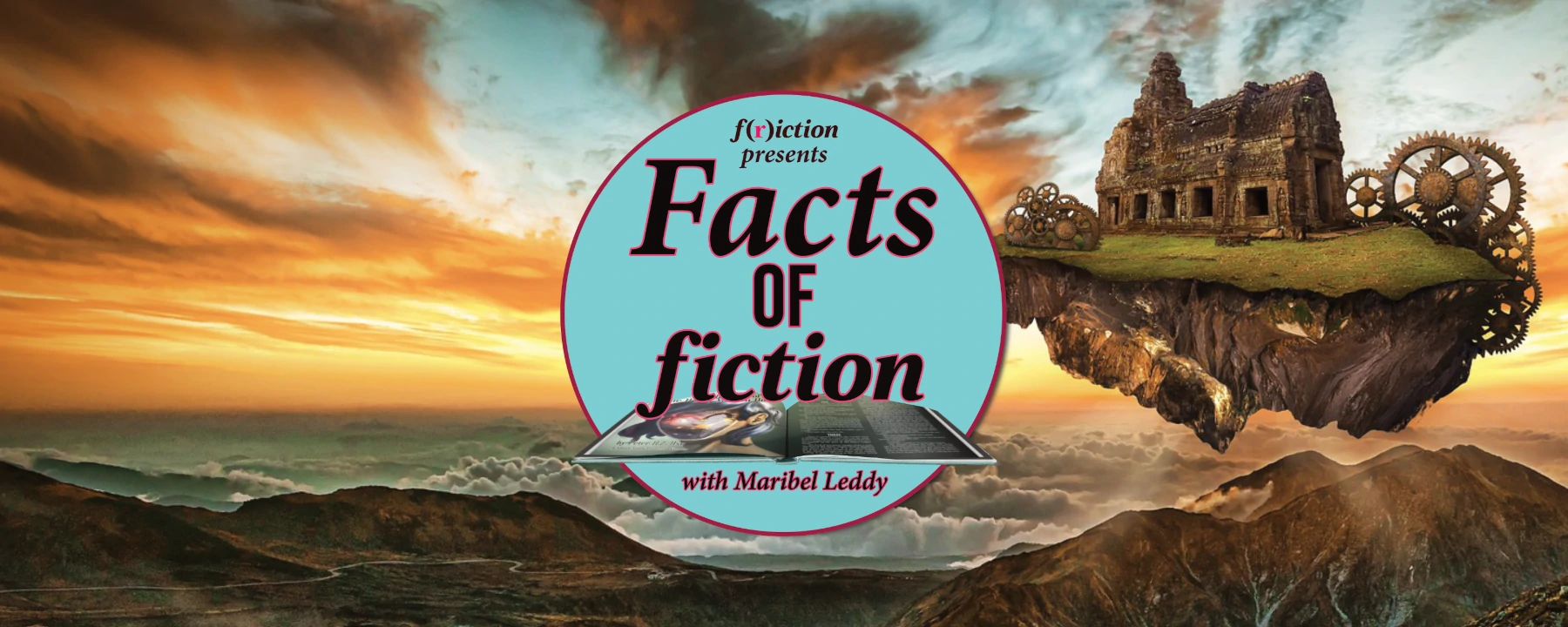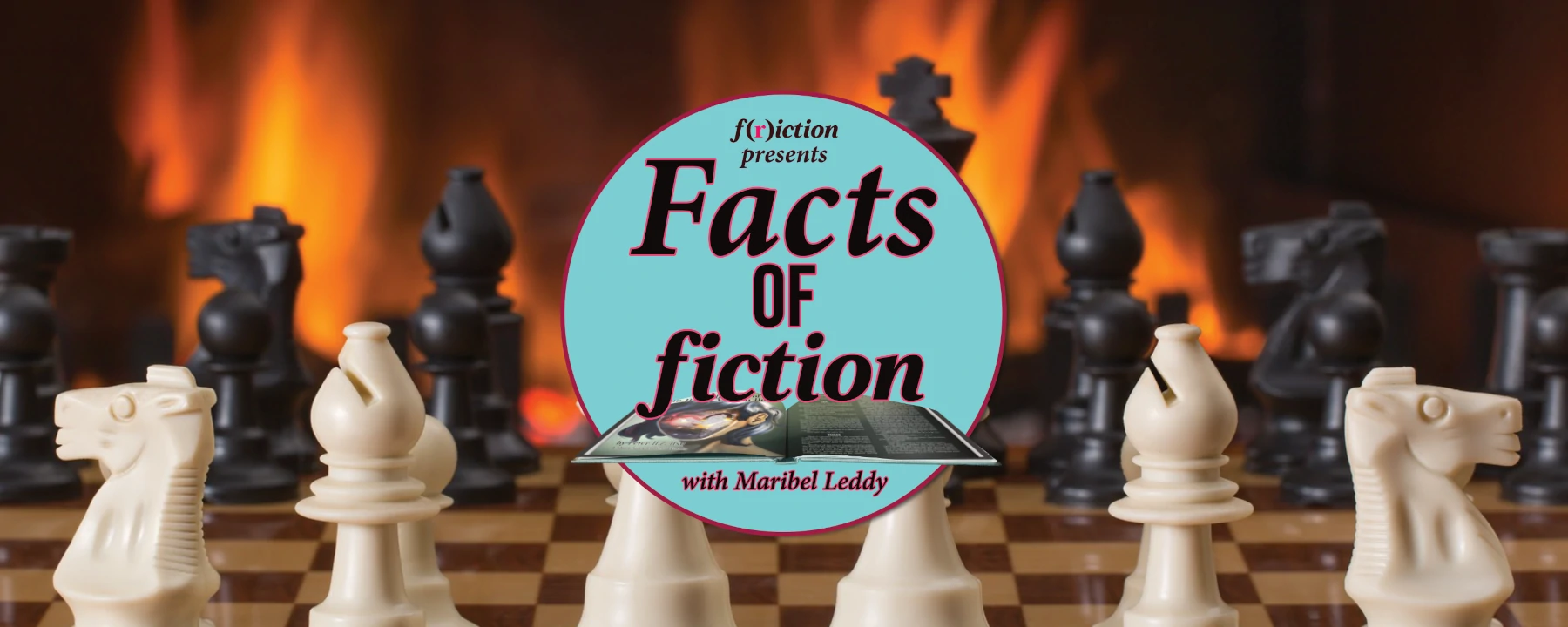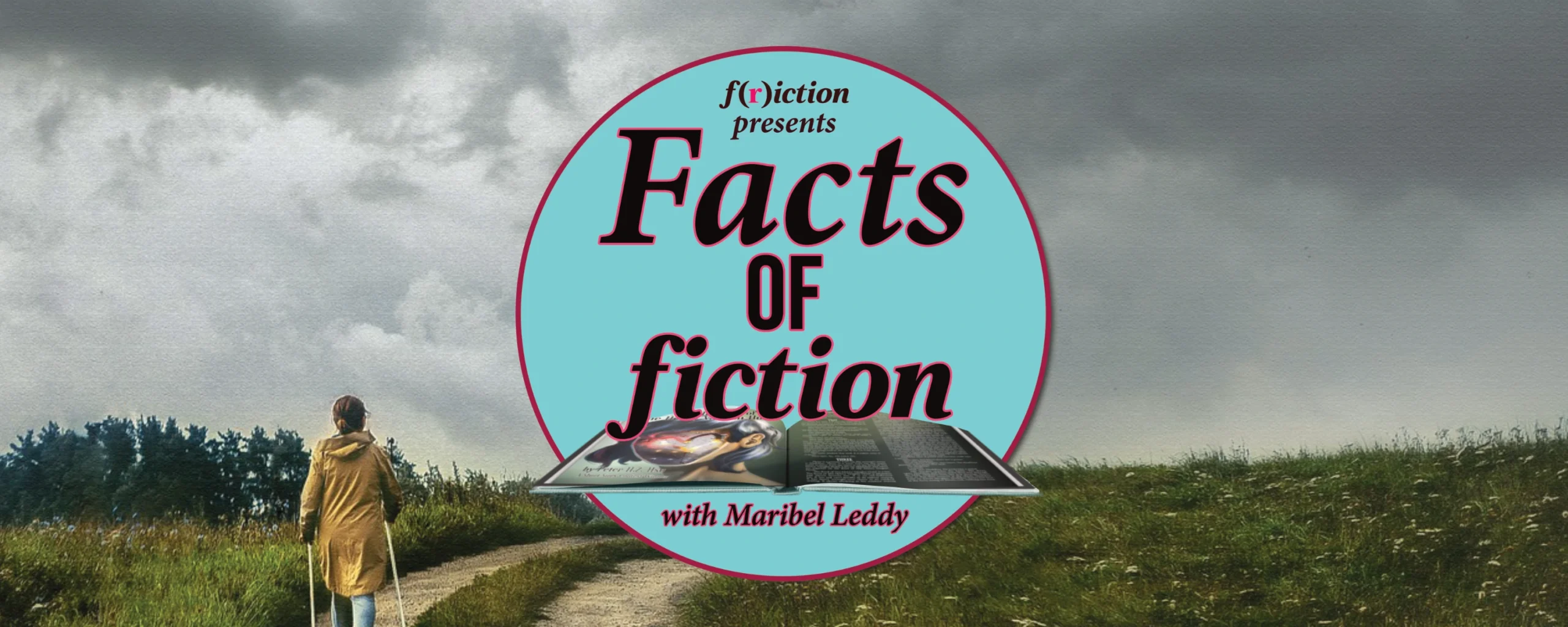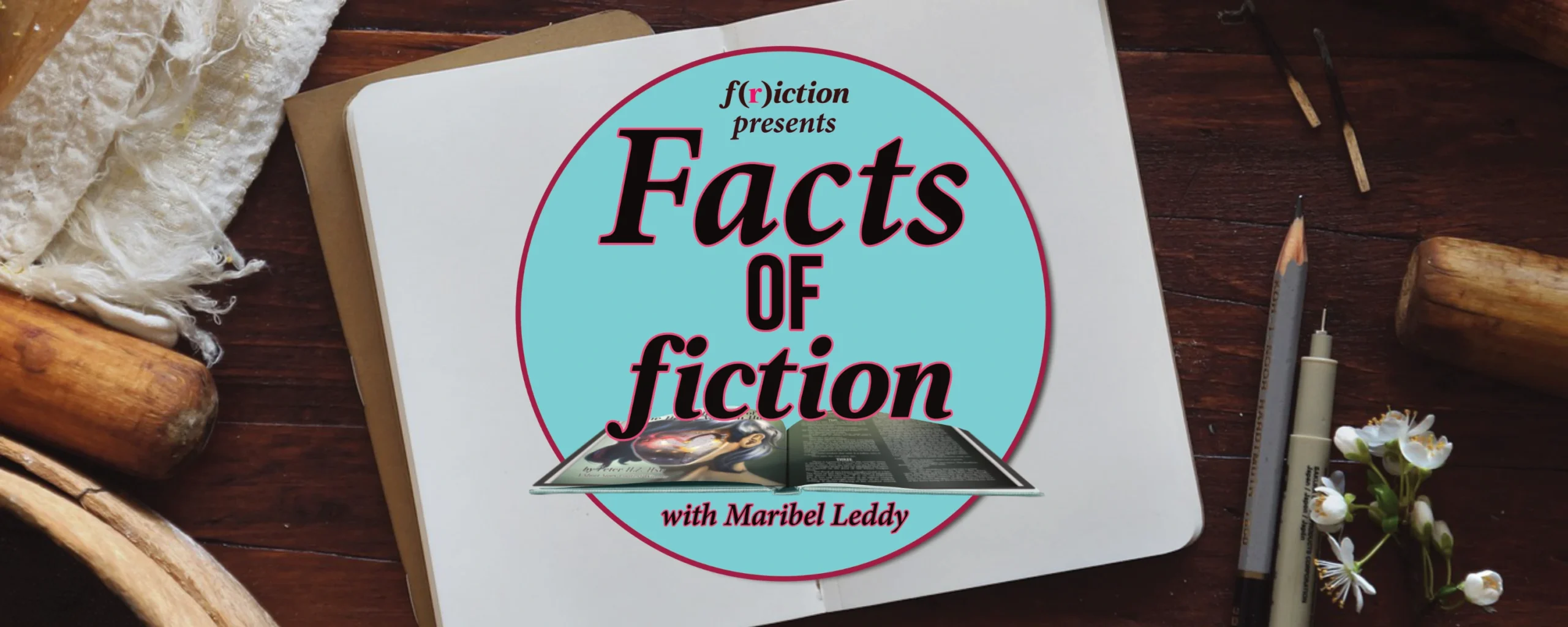
Your Guide to Editing a First Draft
Congratulations! You’ve successfully completed a FIRST DRAFT. You should feel PROUD, GLEEFUL, and CREATIVE. But now what?
Well, I hate to break it to you, but a first draft of any piece of writing (or art) is just half the battle. In fact, it may only be about one-quarter of it. The rest of that battle lies in the editing process.
Editing is a battle all on its own. It takes time, usually more time than the actual writing does, and it requires more than just one person. It’s more of a mountain than a molehill, so to speak. But no matter what kind of story you’re telling, whether it’s through a poem, podcast, film, TV show, novel, or short story, it is going to need editing. Nothing is born perfect, after all.
Don’t let that scare you. Just because the journey isn’t over yet doesn’t mean you haven’t gotten somewhere. In fact, your final destination should be clearer than ever. Before your first draft, you may have had only a vague idea of where you were going. Now, you have a story. And you can do anything with that.
This blog exists to get you from first draft to second draft and beyond with as few tears and headaches as possible. And although everyone approaches it differently, editing is a process and there are steps you can follow to make it easier on yourself. Here’s our guide to help storytellers improve the clarity, coherence, and impact of their stories in seven steps.
1) Shift your mindset from creator to editor.
First of all, take a step back and take a deep breath. You’ve just created something! You should be proud. And like a good oven-roasted beef tenderloin, it needs some time to rest. Set your finished first draft aside for a couple days, or even a couple weeks—be careful of letting it rest for TOO long, though, lest you overcook the meat!—and take your mind off it so that when you do return, it’s with well-rested, fresh eyes, ready to chop it up.
Putting it away for a period of time will also help you shift your mindset from creator to editor. Creators are not concerned with perfection. In order to get words on the page, writers need to cast aside the idea that initial drafts can be perfect. Strive for greatness, not perfection—only then can innovation flourish. Then, once you have completed a draft, you can refocus your energy on editing.
Editing brings you a step closer to “perfection”—whatever that may look like. But don’t see it as a chore. Editing your own work can be just as fulfilling and inventive as drafting it was. It is where you can play with the small details and take your time with each scene, character, narrative arc, line, and word. Editing is where you ask yourself questions like, “Do I need that semicolon or should it be a period?” and, “What exactly am I trying to say by using the word expeditious twice in the same paragraph?”
More than that, editing is a time for you to fully appreciate the scope of your work. Enjoy it—and be prepared to brutalize it. In a fun way, of course.
You also have to be prepared for others to critique your work. No piece is complete without input from other creatives or editors you trust. Depending on who you share it with and how you choose to share it, you may have a lot of feedback to get through. Don’t let this bog you down. You don’t have to take every piece of advice (and you shouldn’t, as some will be contradictory), but you should consider all feedback with an open mind. And whatever you end up using or not using, have a good reason for doing so.
2) Read your work aloud.
It cannot be overstated: Nothing will help you edit more than reading your work aloud. It sounds simple. It even sounds obvious. And if you hated reading aloud in school, perhaps it sounds dreadful. But this isn’t that. This isn’t stuttering words in front of a classroom of bored, judgmental middle schoolers. This is your own work, in the privacy of your own space. You don’t have to read this aloud to anyone (though you can if you want; my cat, Cleo, for example, has provided a beautiful set of ears for many a story).
Reading aloud will help you catch moments of awkward phrasing, repetitive language, and pacing issues that reading silently won’t even catch. As you read aloud, you will naturally stumble over areas that don’t make sense or have grown uncomfortably slow. Rhythm and cadence are a big part of what makes a piece flow well. If the words sound good when spoken aloud, then you know you have a good cadence going, resulting in an easier and more pleasant reading experience. This is true for all types of work, not just poems—though it tends to be especially important with those.
One way to make the most of a read-aloud session is by recording yourself. Even if you hate the sound of your recorded voice, being able to replay a recording of your work can help identify potential improvements. Plus, you get to imagine it as an audiobook!
3) Tackle the big picture first.
The first step of editing any first draft is to look at the big picture. It’s not worth editing at a line level until you can see how the story comes together as a whole. This will help ensure you don’t waste time editing details of paragraphs or scenes that will ultimately be cut. So, while it can seem overwhelming at first, here are three steps to help you get started with making big picture edits:
- Read through the entire work without editing. Don’t leap into making changes right away. Instead, take your work as it is and, as you read, note down anything that stands out to you as an overarching issue or problem area. It’s tough to do this, especially when you find a spot you feel you can fix right away. Resist—in the long run, it will be worth it.
- Identify the core themes and messages. Reading through your work should reveal what it’s really about, which you may have known before starting or may have formed during creation. A big picture edit looks at how your themes, overall plot, and internal message work throughout your story. Are they consistent? Anywhere they’re not, make note of it. What is the message of your story and is it getting through? If not, why and where can you improve it? Be ready to think through these questions as you read—without immediately fixing anything you discover to be not working.
- Check pacing and tension. If you find your story difficult to get through at any point, it will be even worse for new readers. Note areas where it feels slow, as they often benefit from tighter writing or added tension. This also goes for anything that feels too fast—there may be places that require more building out.
At this point in your writing/editing journey, the big picture is the most important part. If there are issues with your story at a base level, they’ll be much easier to fix at this stage in the process than, say, ten more rounds of edits down the line. We also call this developmental editing, because it looks at what needs to change with the story’s basic elements. So take your time and don’t be afraid to read through more than once. Of course, reading it on your own is only going to get you part of the way there. But once you have an idea of the areas that need fixing most, you have a better chance at getting closer to a final draft with the next steps.
4) Engage with other readers for feedback.
The best way to get good, objective feedback is to share your story with others. This may feel scary at first, especially if you’re not totally satisfied with it yet. But, really, this is the best time to bring in other readers who can tell you what they’re seeing in the story. Sometimes, our love of our own work—the characters we’ve created, the scenes we’ve written, the lines of beauty we’ve formulated on the page—makes us too close to it. Other times, we’re too critical of ourselves and everything seems wrong—even the things that are very right. Asking other readers to provide feedback will help you sort through it all.
To find other readers, you can:
- Ask friends to lend an eye.
- Join a writing group with the goal of sharing work.
- Search for beta readers online.
- Sign up for a course dedicated to first draft editing.
- Engage with an editor you’ve worked with before.
All of these options have pros and cons. Friends may be the easiest to ask, but they may not provide the clearest feedback because they’re not totally objective towards you. Joining a writing group is definitely the best option, and it means you’ll be able to lend your own editing skills to others. Trading work so that you’re both invested in the other is a great way to make this productive for everyone.
Beta readers can also be helpful, though this route will likely require you to pay for services. In this case, we recommend taking the next steps first and then paying for beta reading. GoodReads has a group that provides access to beta readers offering free services. There are also some Discord communities dedicated to such services.
Signing up for a course, such as the ones offered through Writers.com, Novelry, Gotham Writers, or any other program, can connect you with writers who are also working on a novel (or other kind of story). The downside is that these courses can be expensive. But because everyone is paying for them, there is an added pressure to get work done and provide good editing to all.
Another option is to work with an editor you have before. Editors who are familiar with your work know your writing style already and can speak to it specifically.
How to Request Feedback
It will be helpful to know what kind of feedback to ask for and how to request it. After your own read through of your work, determine what will be most helpful to you. Consider these elements:
- Structure: Is there anything about the structure that bothers you? Remember, structure is how your story is organized. If there are issues with the story’s structure, it may be confusing or even boring for readers.
- Plot: A question you should always be asking is: Does the plot of my story make sense? Does it follow the rules of the world you’ve built? Do the characters’ actions make sense in (and out of) context? Is it interesting enough to carry throughout the entire piece? Is the major conflict well laid out?
- Theme: Are the themes obvious? Do they align with the content of the story? Can an invested reader see and understand their meaning in the text?
- Voice: Does the voice that you’ve used for this work, as an author, tell the story best? Are the characters’ voices distinct and interesting?
- Exposition: Is the background information built into your story working on the page? Is it difficult to get through? Do readers need to know more, or perhaps less?
- Dialogue: How is the dialogue working in your story? Do the way the characters communicate make sense? Are the conversations they have necessary to the plot?
- Suspense and Tension: Is there a feeling of suspense as you read? Does the anticipation to get to the next scene build throughout?
- Pacing: Were there any parts you struggled to get through? Anything that happened too quickly?
- Grammar: Are there any major grammatical errors, especially ones that consistently appear, throughout the text?
- Emotional Impact: Did you feel something while reading this?
The more specific you can be in your request to editors, the more helpful they will be. Don’t ask for all of this at once, but rather highlight what you think is needed most in their read through.
5) Prepare to do line edits.
Another important step of the editing process, and one which usually comes closer to the end, is line editing. This looks at the line-by-line of the text to make specific edits, fine-tuning language to adjust for pacing, grammar, and more. During line editing, you are looking at sentence structure and wording. You are asking questions about everything that appears on the page. It’s a long, drawn-out process, but one well-worth doing as it will heavily improve the quality of the work.
Here are a few general rules to follow of line editing:
- Kill your darlings. All writers struggle with this essential aspect of editing because it means, as the phrase implies, getting rid of your favorite phrases, scenes, moments, or even characters. It means removing anything that isn’t strictly necessary to the story. It’s about making it leaner, clearer, and better paced. You don’t always know what these darlings are, either, until someone else points them out for you. But generally speaking, “darlings” refers to anything that you love, but doesn’t move the story in the direction it needs to go.
- Show, don’t tell. We’ve talked about this at length in our Show, Don’t Tell blog, but showing the reader what characters do in the story rather than telling them about it will always be more engaging. To find places where you’re unintentionally telling, look for filter words and anywhere the narrative slows down.
- Strengthen dialogue and description. Look at each line of dialogue and read it aloud to yourself. Does it make sense, spoken aloud? Are the conversations your characters have moving the story forward somehow? Refer to our blog all about dialogue for tips on ensuring the way your characters speak to each other is natural, necessary, and interesting. Along with this, make sure that your descriptions make sense, feel natural to the story, and don’t fall into the pitfalls of poor exposition.
These tips should help bring your story to the next level: one more step closer to “perfection,” whatever that is!
6) Smooth transitions and structure for clarity and flow.
How words, phrases, lines, scenes, and chapters transition into each other is an important part of how easy it is to read a piece. Although we’ve discussed how important overall structure is in a story, it’s also part of what happens at a micro-level. Here’s how to tackle structural issues and check flow in your own work:
- Check paragraph and scene transitions. The way a line, phrase, or scene flows should feel natural and make sense to the reader. Places with abrupt transitions will likely give you pause or cause a stumble during a read through. Ask yourself, “Why isn’t this working?” and “How did this character go from here to here?”
- Eliminate redundancies. First drafts often suffer from repeated information or added filler because the author was still working out the story while writing it. Look for these areas and eliminate anything that isn’t extremely necessary to the story. The shorter the piece, the less redundancies it can tolerate. In a very long novel, for example, it may be worthwhile to remind the reader at the end of something that happened at the very beginning. But generally speaking, repeated information is wasted space and slows the story down.
- Refine sentence structure. The first take on anything will result in long, overly complex sentences that need clarification. You may accidentally slip into passive voice where it’s not needed. Or else, you simply take longer to say something that you later realize is very simple to get across. Everyone does this, and other readers will help you catch these overly long sentences. Remember: unless there’s a good reason not to, try to convey everything you have to say as simply as possible on the page.
This kind of editing takes a lot of time because it’s so in-depth. But the end results will be worth it, and lead to a much more engaging and polished piece of art.
7) Proofread and polish.
The final step of any draft is to proof and polish. Proofreading amounts to doing a spelling and close grammar check. It is essential to ensuring a piece is truly ready for submission somewhere, or for publication. Polishing your work in this manner will make you feel more professional and ensure that readers don’t write you off because of a silly grammatical or spelling error.
Proofing your own work can be difficult, so if you have someone to do it for you, use them. But if you don’t, follow this checklist:
☐Read the work aloud to check for sentence flow and clarity.
☐Run spell check or sit with a dictionary and go over any words you’re not 100% sure about.
☐Check for any grammatical errors by following this list:
- Dialogue is formatted correctly. Check out our blog about dialogue for an overview of proper dialogue formatting in the United States.
- All sentences end with the proper punctuation.
- Proper nouns and first words of sentences have an up-capped first letter, unless you’ve made the stylistic choice not to do this.
- Any stylistic choices you’ve made are done consistently. For example if you’ve chosen to use the Oxford comma, you use it every time.
- Your use of em-dashes, en-dashes, and hyphens is correct—look this up if you’re not sure.
- Your sentences don’t slip into passive voice where not necessary.
- Your use of figurative language makes sense.
- You don’t have any dangling modifiers.
☐The work is formatted properly and according to guidelines, if available.
☐Check the vibes: How do you feel about your piece?
- Are you confident about sending it on? Would you be proud if it got published? If the answer to these questions is no, is it just nerves or is there something specific that’s worrying you? If the specific thing is something you can fix, easily, do so. If it’s not, perhaps it’s okay to let it go—for now.
Most importantly, recognize and celebrate the fact that you have created something. Completing a draft of a story, no matter what that story looks like in its first form, is epic and worth feeling good about. You did that!
Exercise
Take a (short) piece of writing you’ve worked on over the course of this series and read it once to yourself without doing anything else. Then, read it through again, this time aloud, and mark every place where you stumble over words or notice awkwardness. Go back and edit those sections to make them sound better according to the guidelines above. After doing so, read it again. Still notice places to make changes? Feel good about what you’ve written? It may be time to share it with others to get their thoughts and feedback. After all, the writing and editing process works best when multiple people weigh in!
Your Story, Your Voice
No one can write a story the way you would, not even ChatGPT. Or a ghostwriter. Nothing will feel like having created your own work from start to finish, so no matter where it goes next, even if that’s nowhere, you can still feel proud.
Remember: read your work through, read it aloud, send it to other people, and work on refining every part of it. The editing process is as rewarding as the creation process is, and it’s all part of the same incredible journey.
If you complete the editing process and feel really good about your piece, consider submitting your work to F(r)iction! Check out our submission guidelines here to see if your work falls under our purview.
